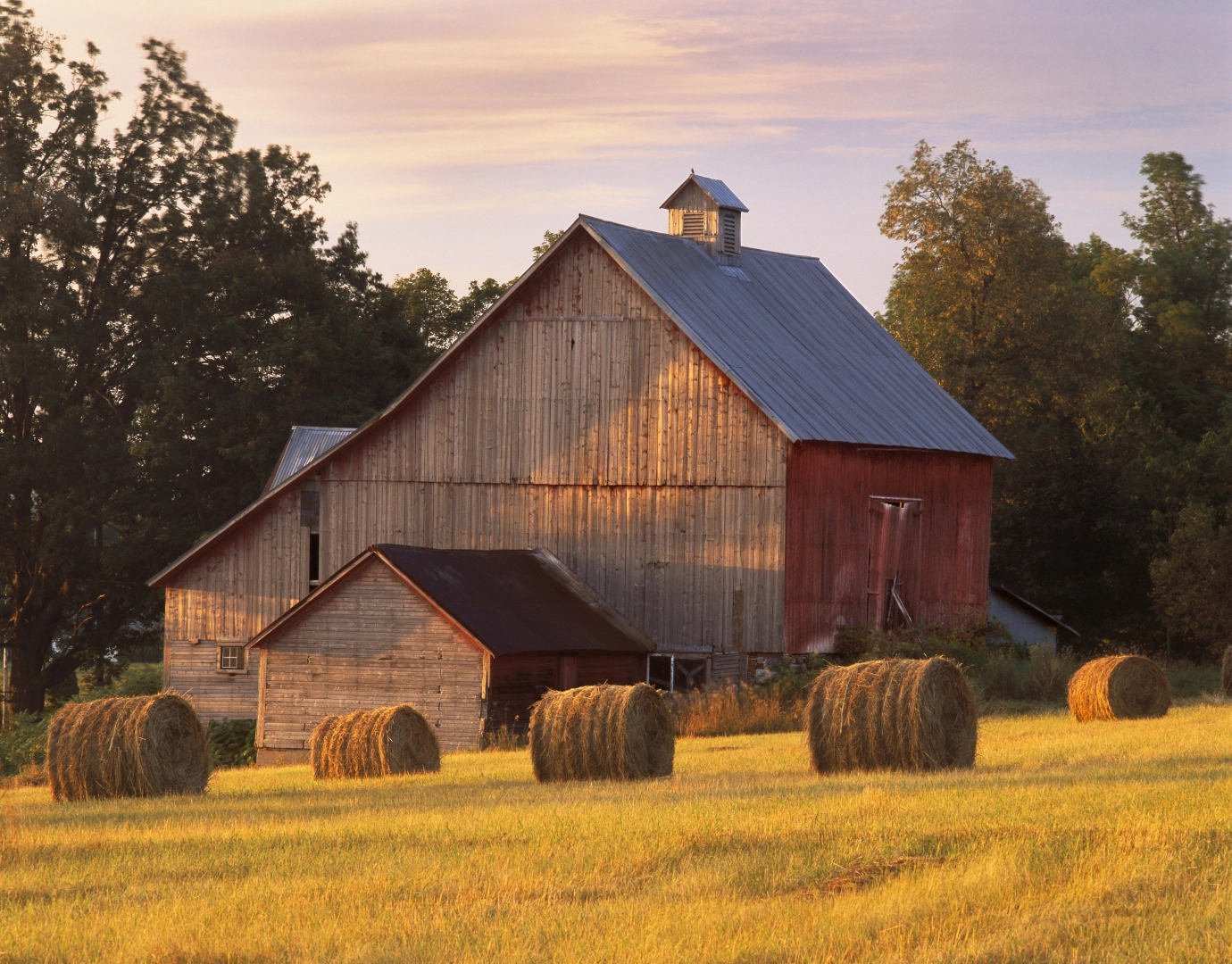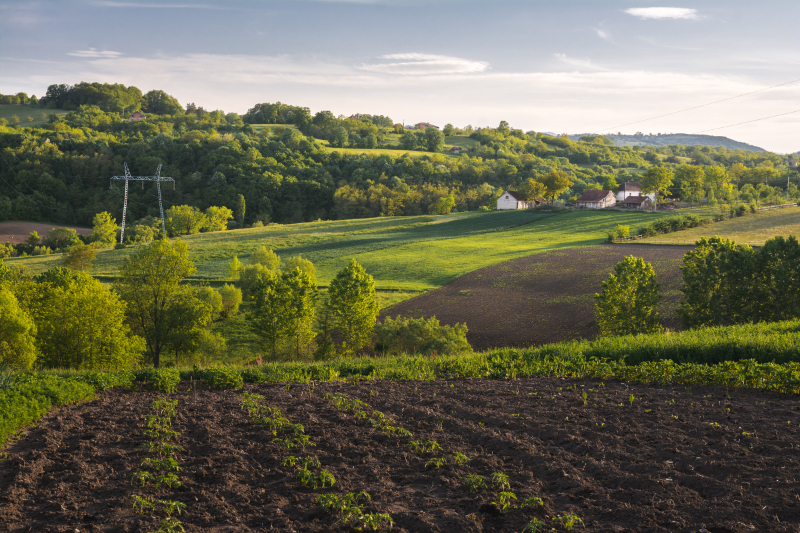Looking for comprehensive advice on planning permission for barn conversions in the UK? Uncover key considerations before transforming your barn into a dream home.
Understanding Barn Conversion Planning Laws
To convert a barn on agricultural land in the UK, the barn needs to comply with specific planning laws. Some conversions can be carried out under Class Q permitted development rights, while others need full planning permission.
Class Q permitted development rights allow the conversion of agricultural buildings into homes without full planning permission, but only if the barn meets certain conditions. The building must have been in agricultural use during 2013 or earlier, and the total floor space cannot exceed 865 square metres.
However, significant structural changes, such as rebuilding walls or extending the building, are not permitted and a prior approval application must be submitted to the LPA, which typically takes around 8 weeks for a decision.
If the barn doesn't qualify for Class Q, full planning permission is required. This applies to barns in Green Belt land, National Parks, Areas of Outstanding Natural Beauty (AONBs), or conservation areas, where the regulations are stricter.
Regardless of the planning route, building regulations approval is always required to ensure the conversion meets safety, insulation, and structural standards.
Permitted Development Rights: Do They Apply to Your Barn?
Several types of barns can be converted into residential properties on agricultural land in the UK, but whether permitted development rights (Class Q) apply depends on the barn’s structure, location, and condition.
Older barns that are made of stone or brick are common in rural areas and are often considered ideal for conversion. However, these barns may require full planning permission if they are in protected areas like Green Belt land, National Parks, or conservation areas.
Modern agricultural barns with steel frames and metal cladding aren't typically eligible under Class Q permitted development either unless they have solid walls and a structurally sound frame that can support conversion without needing rebuilding.

Some older timber-framed barns can be converted, but structural stability is a key factor. If major rebuilding is needed, then full planning permission will likely be required instead of Class Q.
Class Q allows certain agricultural buildings to be converted into up to five dwellings without full planning permission.
However, barns must have been in agricultural use before 20th March 2013 and should not be in protected areas like National Parks or Areas of Outstanding Natural Beauty (AONBs).
If a barn doesn't meet the Class Q criteria, a full planning application is needed. However, early engagement with the local planning authority (LPA) can help determine the best approach for a barn conversion.
Structural Considerations: Is the Barn Suitable for Conversion?
Before converting a barn into a residential property, its structural suitability must be assessed. The barn must be strong enough to support the conversion without requiring major rebuilding, as Class Q-permitted development rights do not allow significant structural changes to the barn.
A structural survey can determine whether or not the barn is suitable for conversion. This assessment evaluates the condition of the foundations, walls, roof, and the building's overall stability. If the barn is severely deteriorated or needs substantial reinforcement, full planning permission may be required instead of Class Q approval.
Solid stone or brick walls are more likely to be approved for conversion, whereas barns with thin metal or timber cladding may need additional reinforcement, which could affect the barn's eligibility for permitted development. The roof should also be structurally sound, as barn's that need a complete roof replacement can trigger the need for full planning permission.
Additionally, the barn must be capable of supporting insulation, new flooring, and windows without major structural modifications. Barns with open sides may require significant changes, such as adding walls, which could require a full planning application. Speaking to a structural engineer early in the process can help you determine if your barn meets the conversion standards and is compliant with building regulations.
Step-by-Step Guide to Applying for Planning Permission
Converting a barn on agricultural land requires planning permission, except in certain cases where permitted development rights apply. Some barn conversions can qualify under Class Q rights, which allow the barn to be converted without the need for full planning permission. However, there are some restrictions.
Firstly, the barn must have been used for agricultural purposes on or before March 2013. Additionally, the conversion cannot exceed 865 square metres, and the structure must be able to be converted without the need for significant rebuilding.

A planning application must include a site plan, floor plans, a statement explaining how the proposal meets local planning policies and an environmental or structural report. These documents demonstrate that the conversion respects the barn’s character and the surrounding landscape.
The planning application can be submitted directly to the LPA or online through the Planning Portal. Once the application is submitted, the LPA will consult with environmental agencies and local residents.
If your application is approved, you can go ahead with the conversion. However, if you're refused, you can either appeal the decision or amend and resubmit the application.
Kent Property Witness is a UK-based consultancy specialising in land and development advice, helping landowners, investors, and developers navigate the complexities of planning and property development. We provide expert guidance on land use, planning applications and regulatory compliance. We ensure clients can maximise their land’s potential while meeting legal and environmental requirements.

